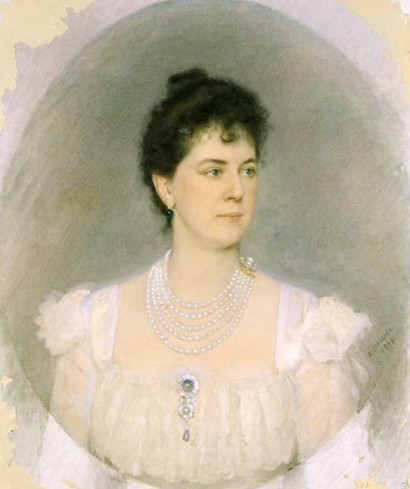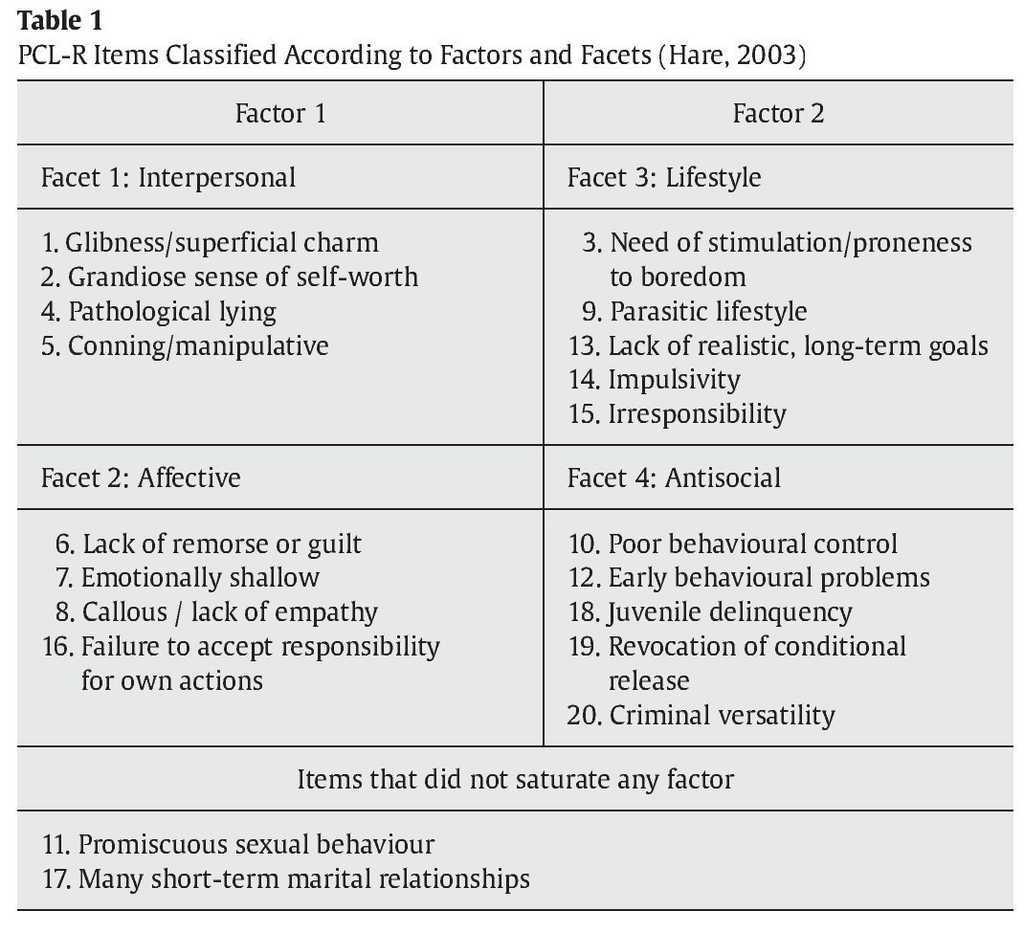The Psychopathy Checklist (PCL; Hare, 1980) and its revision (PCL-R; Hare, 1985a, in press) are clinical rating scales that provide researchers and clinicians with reliable and valid assessments of psychopathy.
The Hare Psychopathy Checklist-Revised (PCL-R) Welcome to 'Without Conscience' Robert Hare's Web Site devoted to the study of Psychopathy Psychopathy Scales PCL-R For a list of research references on psychopathy, the PCL-R and its derivatives, visit our. For information on the potential misuse of the PCL-R see: Hare, R.
The Hare PCL-R: Some issues concerning its use and misuse. Legal and Criminological Psychology, 3, 101-122. A review of the PCL-R by S.M. Fulero in the Twelfth Mental Measurements Yearbook (pages 453-454), J.C. Conoley and J.C.

Impara (eds). Lincoln, Nebraska, Buros Institute, described the PCL-R as 'state of the art.both clinically and in research use'. Recent surveys of the literature have determined that the PCL-R is the single best predictor of violent behaviour currently available.
In clinical settings, the PCL-R is used for psycho-diagnostic purposes.  Because an individual's scores may have important consequences for his or her future, the absolute value is of critical importance. The potential for harm is considerable if the PCL-R is used incorrectly, or if the user is not familiar with the clinical and empirical literature pertaining to psychopathy. Clinicians should • Possess an advanced degree in the social, medical, or behavioral sciences, such as a Ph.D., D.Ed.
Because an individual's scores may have important consequences for his or her future, the absolute value is of critical importance. The potential for harm is considerable if the PCL-R is used incorrectly, or if the user is not familiar with the clinical and empirical literature pertaining to psychopathy. Clinicians should • Possess an advanced degree in the social, medical, or behavioral sciences, such as a Ph.D., D.Ed.
Or M.D.• Be registered with the local state or provincial registration body that regulates the assessment and diagnosis of mental disorder (e.g., psychological or psychiatric association); • Have experience with forensic populations (as demonstrated by registration as a diploma in forensic psychology or psychiatry, completion of a practicum or internship in a clinical-forensic setting,or at least two years of relevant work-related experience) • Limit their use of the PCL-R to those populations in which it has been fully validated. The manual, published in 1991, stated that this meant only adult male forensic populations (e.g.,institutional or community correctional facilities, forensic psychiatric hospitals, and pre trial evaluation or detention facilities.) However, there now is enough empirical evidence to support its use with female and adolescent offenders, as well as with sex offenders. • Insure that they have adequate training and experience in the use of the PCL-R. We further recommend that, wherever possible, the PCL-R scores of two independent raters should be averaged so as to increase the reliability of the assessment. MHS Translations: To inquire about existing translations, to translate an MHS assessment, or to obtain permission to reproduce MHS copyrighted material please contact for further information.
